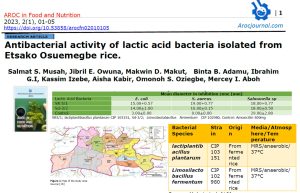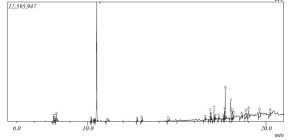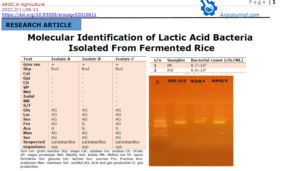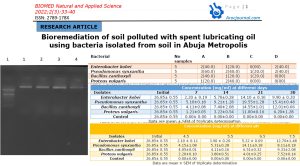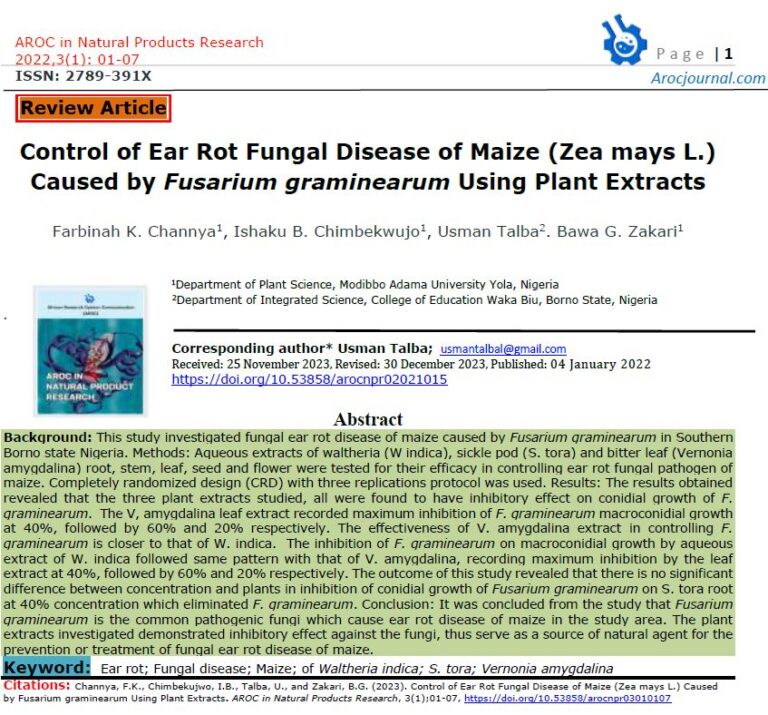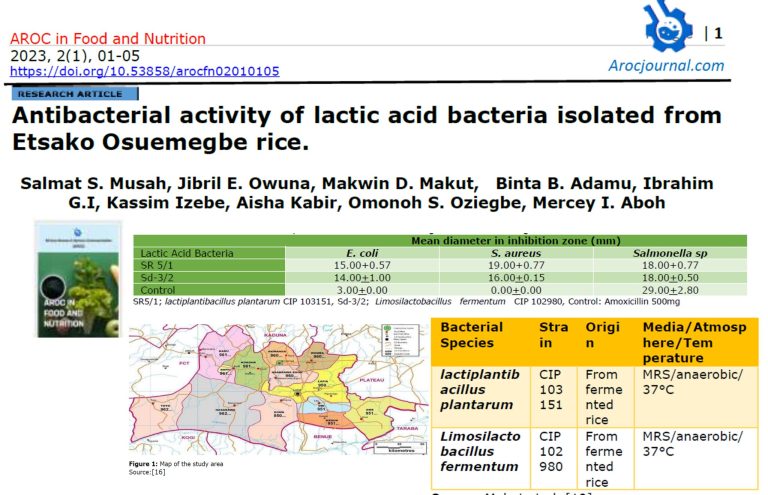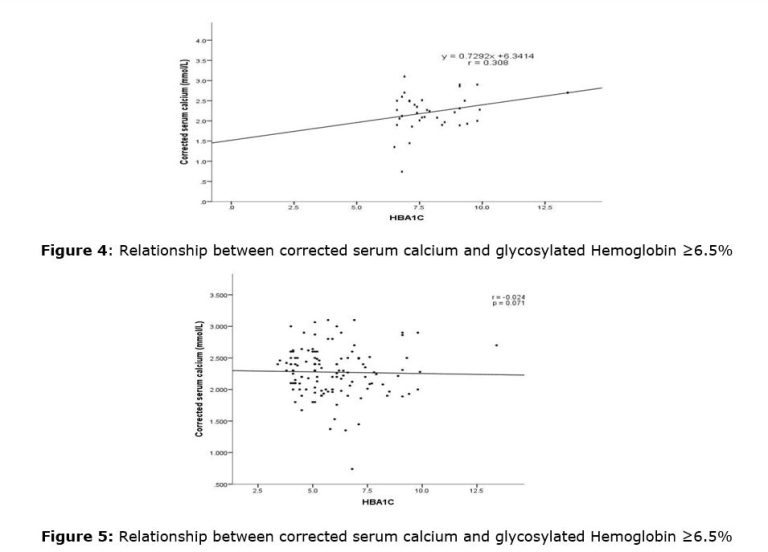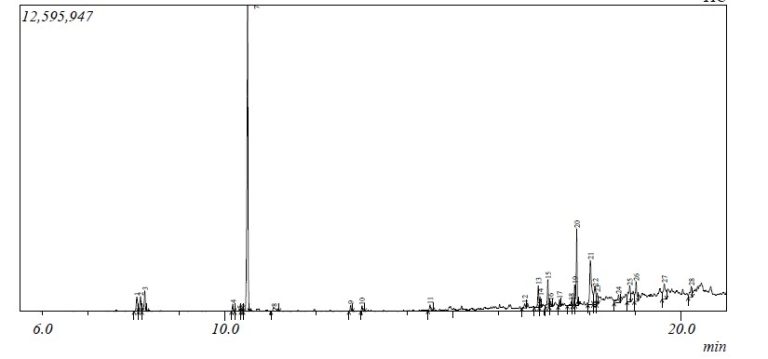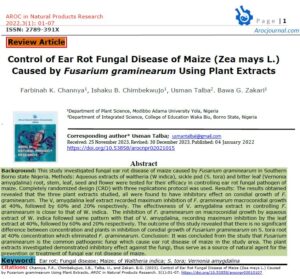
Seroprevalence of hepatitis B virus amongst patients attending selected hospitals in Niger State, Nigeria
BIOMED Natural and Applied Science, 2021,1(1);79-86
- Author(s): Aishatu Adamu, Faruk Adamu Kuta, Musa Galadima, and Abubakar Abdulkadir
- June 27, 2021
- Keywords - Hepatitis B virus; Niger State; Seroprevalence; Hospitals; socio-economic factors
Abstract
Hepatitis B virus (HBV) is a major public health problem globally and accounts for about one million deaths worldwide annually. This study determined the seroprevalence, distribution of HBV infection, and factors associated with the infection amongst patients attending selected hospitals in Niger State. A total of 500 blood samples were collected from five selected hospitals in Niger state. The samples were screened using Hepatitis B Surface Antigen (HBsAg) test kit for the qualitative detection of Hepatitis B Surface Antigen in serum. Prevalence of Hepatitis B infection was 13.0% cumulatively in the study area. Female participants had a higher prevalence (6.8%) of HBsAg infection compared to their male counterparts with 6.2%. Participants within the 41- 50 years’ age group recorded a higher rate of infection (5.2%), while those ≥ 50 years had a lower prevalence of (2.3%). The civil servants had a higher percentage prevalence of 6.4% followed by housewives and the least was observed with participants who are students. Patients without a history of blood transfusion recorded a higher percentage prevalence (7.8%) compared to those with a history of blood transfusion (5.2%). The results reveal that participants with polygamous family types recorded a higher prevalence of HBV infection (11.4%) compared to those belonging to the monogamous type (1.6%). The results obtained from this study suggest that HBV is in circulation in the study areas; thus necessitating more awareness campaigns among the general population about HBV and its modes of transmission and associated risk factors.
Corresponding Author(s)
Corresponding author
Aishatu Adamu
Email: aishaadamu63@yahoo.com
Tel: +2348077626732
Citations
Adamu, A., Kuta, F.A., Galadima, M., and Abdulkadir A. (2021). Seroprevalence of hepatitis B virus amongst patients attending selected hospitals in Niger State, Nigeria. BIOMED Natural and Applied Science, 1(1);79-86


